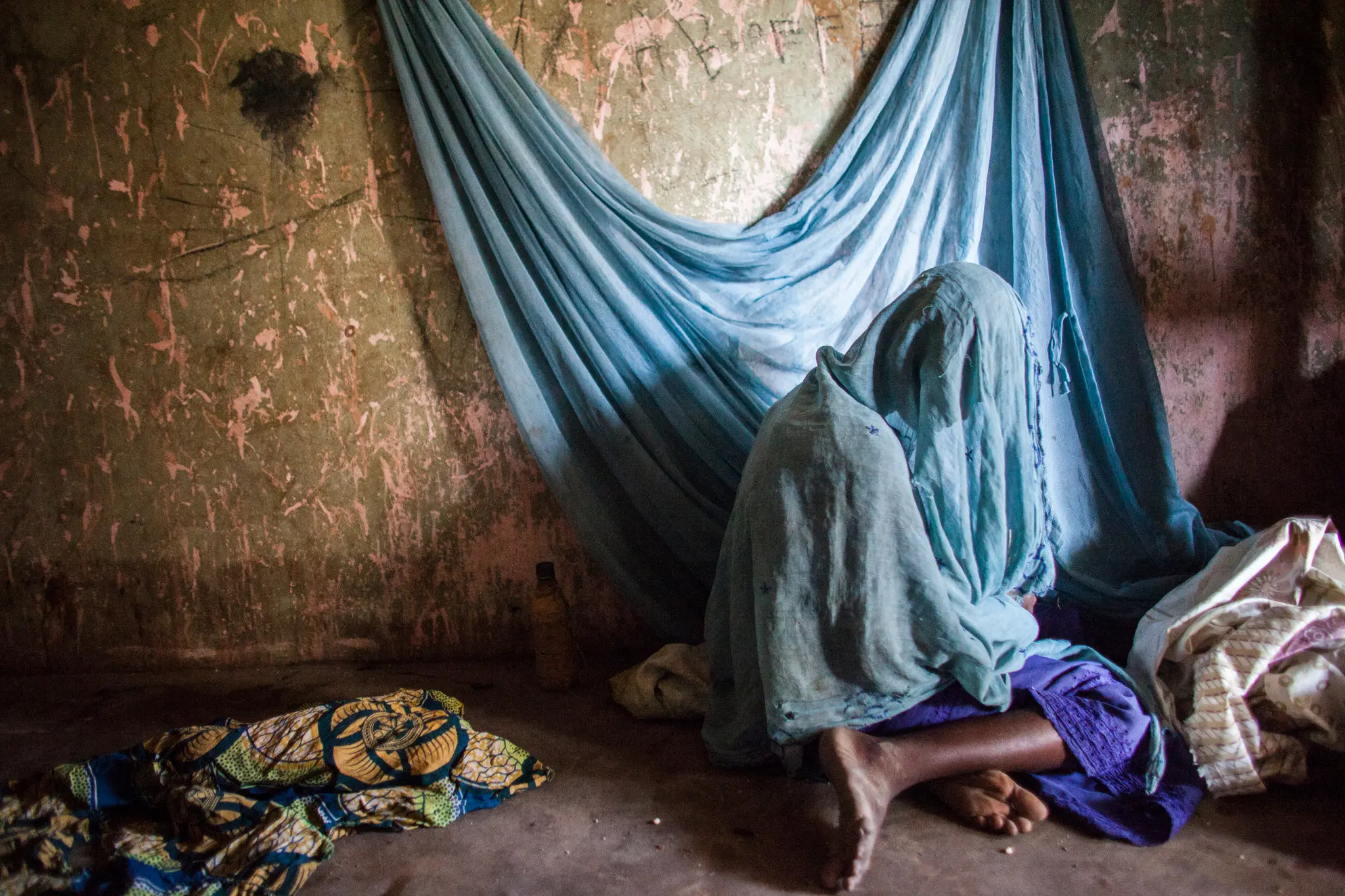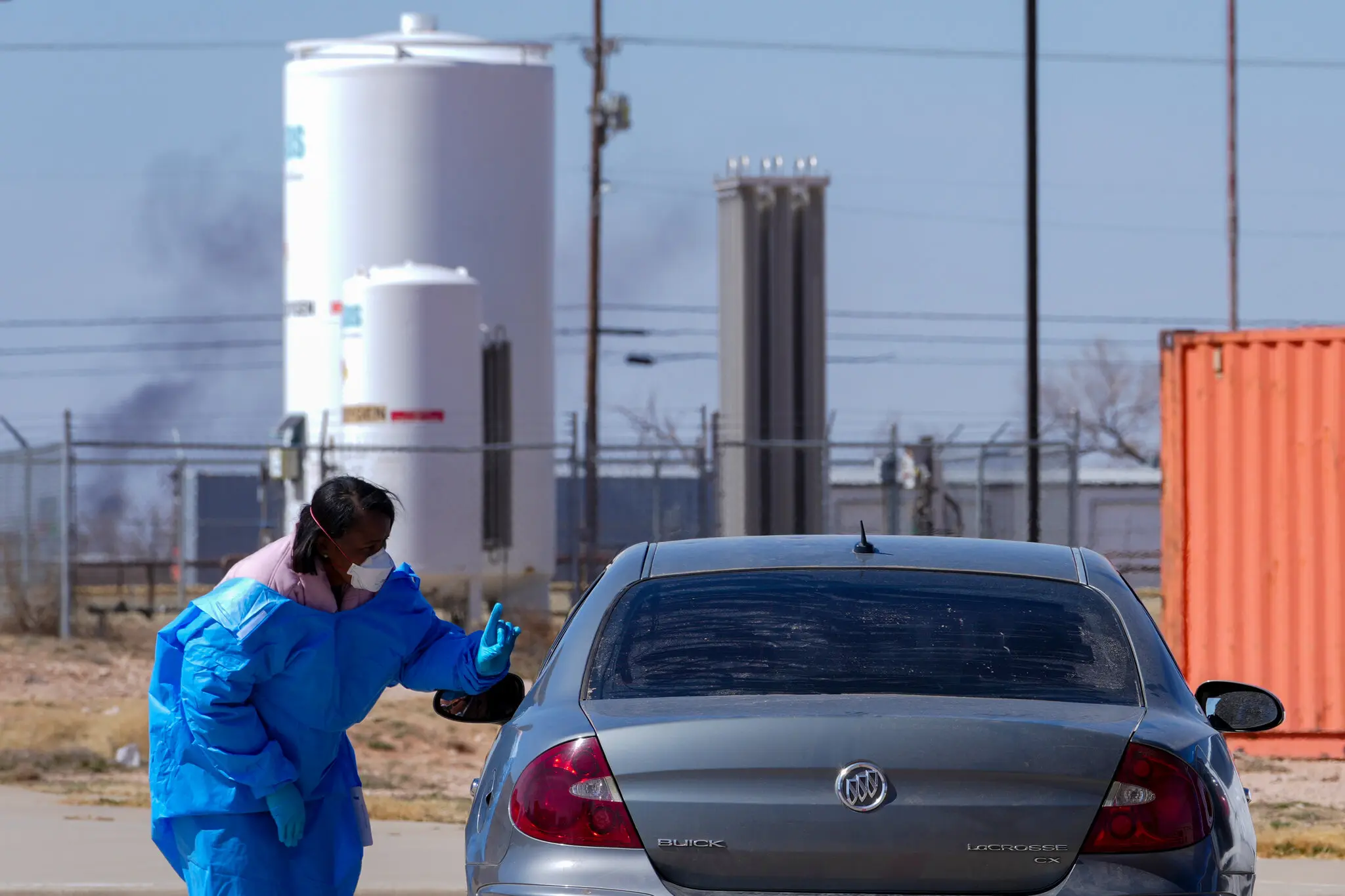Global Malaria Progress Stalls as Funding Gaps, Climate Change, and Drug Resistance Threaten Gains
After years of steady progress, the global fight against malaria is faltering due to drug resistance, climate change, and stagnant funding. Health experts warn that without urgent intervention, decades of hard-won gains may be reversed, putting millions of lives at renewed risk.
For nearly two decades, the global battle against malaria had been one of public health’s most inspiring success stories. With coordinated international efforts, millions of mosquito nets were distributed, groundbreaking medicines were deployed, and lives were saved on a scale that transformed entire regions. But in recent years, progress has come to a grinding halt.
According to the latest reports by the World Health Organization (WHO) and the Global Fund, the number of malaria cases worldwide remains stubbornly high, with over 240 million cases and more than 600,000 deaths annually — figures that have not budged significantly in the last five years. While many countries made impressive strides between 2000 and 2015, the momentum has plateaued since 2017, raising alarms among scientists, policymakers, and humanitarian organizations. Why Is Progress Slowing?There are several compounding factors behind the stagnation.
1. Drug Resistance Resistance to frontline antimalarial drugs, particularly artemisinin-based combination therapies (ACTs), is growing across Southeast Asia and parts of Africa. These medications have been the cornerstone of malaria treatment for the past 15 years.
The emergence of resistant strains of *Plasmodium falciparum* — the deadliest malaria parasite — means that existing treatments are becoming less effective, leading to higher morbidity and mortality rates. Dr. Amadou Ba, an infectious disease specialist in Senegal, warns, “We are on the verge of a treatment crisis.
If ACTs fail widely, we may lose our most powerful weapon against the parasite. ”2. Insecticide Resistance In addition to drug resistance, mosquitoes are becoming increasingly resistant to insecticides used in bed nets and indoor spraying programs.
The most common class of insecticides, pyrethroids, is now significantly less effective in many areas due to adaptive resistance in *Anopheles* mosquitoes — the primary vector for malaria transmission. Researchers are developing new insecticides and dual-active ingredient nets, but wide-scale deployment is slow, expensive, and hampered by regulatory hurdles. 3.
Climate Change Changing weather patterns are reshaping the geographical spread and intensity of malaria. Warmer temperatures are expanding the range of malaria-carrying mosquitoes into higher altitudes and previously non-endemic regions. At the same time, extreme weather events like flooding and drought disrupt health infrastructure and fuel mosquito breeding.
In East Africa, for example, highland regions that were once malaria-free are now reporting outbreaks. The WHO estimates that climate change could lead to an additional 60 million cases of malaria by 2050 if unchecked. 4.
COVID-19 Aftershocks The COVID-19 pandemic severely disrupted malaria prevention campaigns. Lockdowns delayed the distribution of mosquito nets, diagnostic tests, and medications. Healthcare resources were diverted to pandemic response, leaving malaria programs underfunded and understaffed.
Though countries have resumed many services, the setbacks from 2020–2021 are still being felt, especially in sub-Saharan Africa, which accounts for over 95% of global malaria deaths. 5. Funding Gaps and Donor Fatigue Perhaps the most persistent challenge is financial.
Global malaria funding has stagnated at around $3 billion per year — far below the $7. 8 billion annually that the WHO says is needed to reach global targets. The Global Fund to Fight AIDS, Tuberculosis and Malaria reported a shortfall in its most recent replenishment round.
Meanwhile, traditional donors like the United States and United Kingdom are scaling back commitments, citing inflation, domestic priorities, and economic pressures. “Donor fatigue is real,” says Dr. Marisol Vega, a program director at Doctors Without Borders.
“Malaria is no longer in the headlines, so it’s easy for politicians to overlook. But the human cost is enormous. ”The Human Toll The majority of malaria victims are children under five in sub-Saharan Africa.
Every minute, a child dies of a disease that is both preventable and treatable. In Nigeria alone, over 30% of global malaria deaths occur. Hospitals in rural areas are overwhelmed, often lacking basic diagnostic tools or antimalarial drugs.
Families travel hours for treatment, sometimes too late. “I buried my daughter because there was no medicine,” said Amina Yusuf, a mother in Kano State. “She had a fever, and the clinic had run out of drugs.
By the time we found another hospital, she was gone. ”New Tools and Innovations Despite the grim outlook, there are glimmers of hope. Several new tools have emerged in recent years that could potentially reinvigorate the malaria fight — if deployed effectively.
- RTS,S Vaccine: The world’s first malaria vaccine, RTS,S (Mosquirix), has been rolled out in pilot programs in Ghana, Kenya, and Malawi. While only about 30–40% effective, it significantly reduces severe disease and death in children. - R21/Matrix-M Vaccine: A new vaccine with higher efficacy (around 75%) is now approved for use in Burkina Faso and other countries.
Large-scale deployment is expected to begin soon. - Gene Drive Technology: Scientists are exploring gene editing to render mosquito populations sterile or less able to carry parasites. However, these methods raise ethical and ecological questions and are years away from widespread use.
- Mobile Diagnostics and AI: Advances in digital health are helping with rapid diagnosis, case tracking, and resource allocation, especially in hard-to-reach areas. What Needs to Happen Now Experts emphasize that innovation alone isn’t enough. Without coordinated political will, funding, and community engagement, even the most advanced tools will fail to make a dent.
The WHO’s Global Technical Strategy for Malaria 2016–2030 calls for reducing malaria case incidence and mortality rates by at least 90% by 2030 — a goal that now seems increasingly out of reach. To regain momentum, experts urge: - A massive increase in funding, particularly for bed nets, diagnostics, and frontline treatments. - Investment in local health systems, including training and retaining healthcare workers.
- Accelerated vaccine deployment in high-burden regions. - Climate-resilient planning to anticipate shifting malaria patterns. - Community-led strategies to build trust and improve adherence to prevention measures.
Conclusion: A Race Against Time Malaria has always been a disease of inequality. Its burden falls heaviest on the world’s poorest — those least able to influence global policy or access lifesaving care. What makes the current moment particularly urgent is that we are not losing the fight due to lack of knowledge or tools, but due to a failure of global prioritization.
Every delay in funding, every postponed campaign, and every resistant mosquito or parasite puts more lives at risk. Reversing the current stall in progress requires more than business as usual — it demands bold leadership, sustained investment, and the belief that no child should die from a mosquito bite. If the world does not act now, we risk turning a success story into a cautionary tale — one written in needless deaths and squandered potential.
27th july 2025



